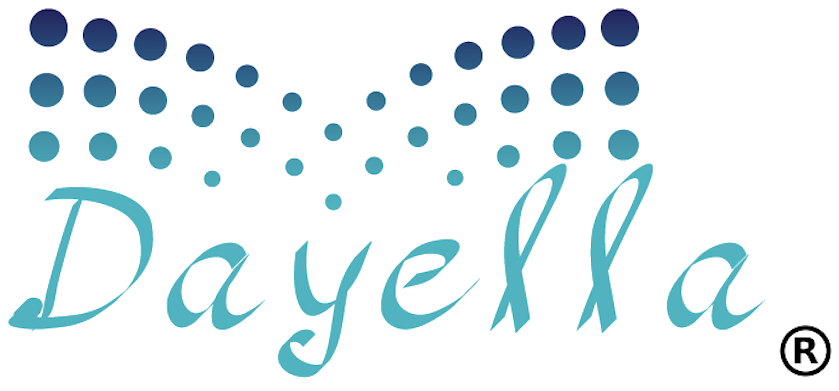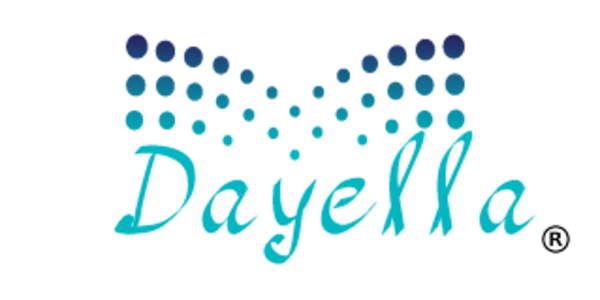
The Transformative Impact of Agentic Workflows on AI-Powered Search and Digital Marketing Strategies
The digital marketing landscape is undergoing a seismic shift as AI-powered search technologies redefine how consumers discover brands and products. Botify’s introduction of agentic workflows marks a pivotal advancement in this evolution, enabling enterprises to automate complex search optimization tasks while adapting dynamically to real-time data. These workflows leverage autonomous AI agents that interpret context, optimize content, and manage cross-platform visibility with minimal human intervention. By integrating large language models (LLMs), machine learning, and automated decision-making frameworks, agentic workflows empower brands to maintain relevance across traditional search engines and emerging AI-driven platforms like ChatGPT and Perplexity AI. This report explores the technical foundations, strategic applications, and future implications of agentic workflows, offering actionable insights for marketers navigating this transformative era.
The Evolution of Search: From Keywords to Autonomous AI Agents
The Decline of Traditional Search Dominance
For the first time since 2015, Google’s global market share has dipped below 90%, signaling a fundamental shift in consumer search behavior. This decline correlates with the rise of AI-powered platforms that prioritize conversational queries and personalized results over static keyword matching. Unlike traditional search engines, which rely on predetermined algorithms to rank content, AI-driven systems like ChatGPT analyze user intent dynamically, generating synthesized answers from diverse sources. Botify’s survey data reveals that 58% of Gen-Z and Millennial shoppers actively use AI search tools for product discovery, with 55% believing these systems simplify online shopping. This behavioral shift necessitates a reimagining of search optimization strategies, as brands must now cater not only to human users but also to AI agents that curate and recommend content.
Agentic Workflows as a Response to Fragmented Search Ecosystems
Agentic workflows address the complexity of modern search ecosystems by automating cross-platform visibility management. Traditional methods, such as manual keyword tracking and rigid robotic process automation (RPA), struggle to adapt to the fluid demands of AI search. In contrast, Botify’s agentic workflows deploy AI agents that:
- Monitor bot activity from platforms like ChatGPT and Perplexity AI using LogAnalyzer.
- Test optimization strategies at scale via PageWorkers, reducing deployment timelines from months to minutes.
- Deliver fully rendered JavaScript content to non-rendering AI bots through SpeedWorkers, ensuring technical compatibility.
These capabilities enable brands to maintain parity across rapidly evolving platforms while freeing marketing teams to focus on strategic initiatives rather than repetitive tasks.
Technical Foundations of Agentic Workflows
Core Components and Operational Mechanisms
Agentic workflows combine three technological pillars:
- Large Language Models (LLMs): Systems like GPT-4 analyze unstructured data to generate human-like responses and content recommendations.
- Machine Learning Pipelines: Adaptive algorithms optimize page rankings based on real-time engagement metrics and bot interactions.
- Automated Decision Trees: Rule-based frameworks prioritize tasks such as indexation, internal linking, and A/B testing without manual oversight.
For example, when an AI bot crawls an e-commerce site, Botify’s workflow might autonomously enrich product descriptions using LLM-generated keywords, adjust internal links to emphasize high-conversion pages, and validate changes through rapid PageWorkers tests—all while offloading bot traffic to reduce server costs.
Comparative Advantages Over Traditional Automation
Unlike static RPA tools, agentic workflows exhibit four key differentiators:
CapabilityTraditional RPAAgentic WorkflowsAdaptabilityFixed rulesReal-time context analysisDecision ComplexityBinary (yes/no)Multi-variable optimizationLearning CapacityNoneContinuous reinforcementCross-Platform IntegrationLimited APIsUnified API orchestration
This flexibility allows enterprises to automate intricate processes like personalized content localization and dynamic pricing adjustments—tasks that previously required human analysts.
Strategic Applications in Marketing Technology
Enhancing Visibility Across AI Search Platforms
Botify’s agentic workflows tackle three critical visibility challenges:
- Bot Traffic Management: SpeedWorkers redirects AI bot traffic to dedicated infrastructure, reducing main server load by up to 40% while ensuring comprehensive content indexing.
- Content Optimization at Scale: PageWorkers deploys schema markup updates, title tag variations, and meta description A/B tests across thousands of pages simultaneously, leveraging LLM insights to align with AI search preferences.
- Unified Performance Analytics: ActionBoard synthesizes over 1,000 metrics—from crawl efficiency to conversion attribution—into actionable insights, enabling marketers to correlate SEO efforts with revenue impacts.
A case study involving a global retailer demonstrated a 30% increase in organic transactions and 50% improvement in Google-indexed pages after implementing these workflows.
Personalization and Consumer Journey Mapping
AI agents within agentic workflows excel at mapping non-linear consumer journeys. By analyzing interactions across chatbots, voice search, and social platforms, they dynamically adjust content strategies. For instance:
- A Recommendation AI Agent might prioritize video tutorials for users arriving via YouTube searches.
- A Pricing Agent could adjust displayed prices based on real-time competitor data scraped by Perplexity AI bots.
- A Fraud Detection Agent monitors checkout flows, instantly flagging suspicious patterns to minimize false declines.
This multi-agent approach reduces cart abandonment rates by 22% while increasing average order values through hyper-personalized upsells.
Challenges and Ethical Considerations
Technical Integration Hurdles
Legacy CMS platforms often lack the API granularity required for seamless agentic workflow integration. Brands must modernize their tech stacks to support:
- Real-time data streaming between CDNs, CRM systems, and AI models.
- Microservices architectures that allow independent scaling of workflow components.
- Advanced caching mechanisms to balance bot access with user experience.
Data Privacy and Algorithmic Bias Risks
The autonomous nature of agentic workflows amplifies traditional AI risks:
- Over-Reliance on Synthetic Data: LLMs trained on AI-generated content may develop echo chambers, degrading recommendation quality over time.
- Opacity in Decision-Making: A Forrester study found that 68% of consumers distrust AI-curated search results due to unclear ranking criteria.
Botify mitigates these issues through explainability layers in ActionBoard, which trace content changes back to specific bot interactions and performance metrics.
Future Trajectories and Industry Implications
The Rise of Hybrid Human-AI Search Teams
Gartner predicts that by 2028, 33% of enterprise software will incorporate agentic AI, autonomously handling 15% of daily operational decisions. Marketing departments will evolve into hybrid teams where:
- AI Agents handle tactical tasks like bid adjustments, content A/B testing, and bot traffic analysis.
- Human Strategists focus on brand narrative development, ethical AI governance, and cross-channel synergy.
Convergence of Search and Conversational Commerce
Emerging platforms like Google’s Search Generative Experience (SGE) blend traditional SERPs with conversational interfaces. Agentic workflows will increasingly prioritize:
- Voice Search Optimization: Structuring content for natural language queries.
- Visual Search Compatibility: Generating ALT text and product tags optimized for multimodal AI models.
- Predictive Inventory Management: Aligning SEO strategies with supply chain data to promote in-stock items.
Conclusion: Strategic Recommendations for Marketers
To harness agentic workflows effectively, marketing leaders should:
- Audit Technical Readiness: Evaluate CMS flexibility, API ecosystems, and data infrastructure to identify integration bottlenecks.
- Implement Phased Rollouts: Start with low-risk applications like automated meta description generation before advancing to dynamic pricing agents.
- Establish AI Governance Frameworks: Develop protocols for monitoring workflow decisions, ensuring compliance with evolving regulations like the EU AI Act.
- Upskill Teams: Transition SEO specialists into AI workflow supervisors through training in LLM prompt engineering and multi-agent system design.
As Botify CEO Adrien Menard notes, “The future belongs to brands that empower both humans and AI agents to collaborate in redefining discoverability.” By embracing agentic workflows, enterprises can transform search from a cost center into a profit engine, driving sustained growth in an AI-first economy.
For any questions or further clarifications, feel free to reach out at [email protected].


